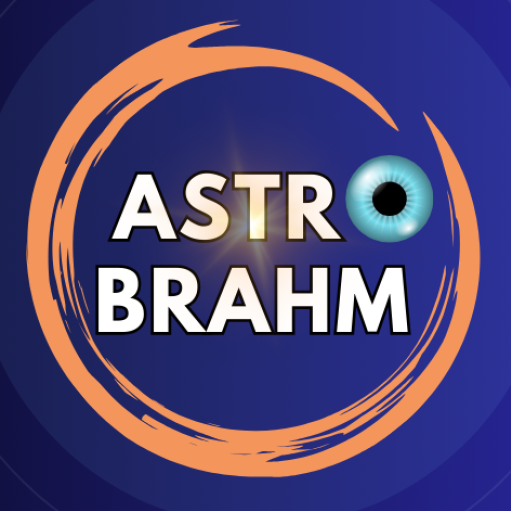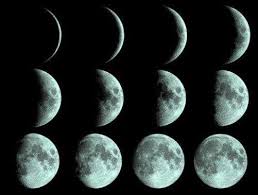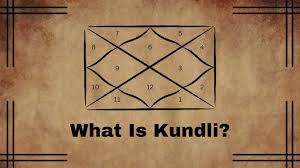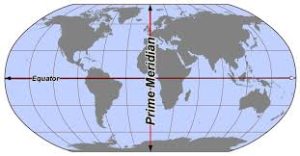In Indian Vedic astrology, Adhika Maas and Kshaya Maas are unique concepts related to the alignment of the lunar and solar calendars. Let me break them down for you:
Adhika Maas (Extra Month):
Adhika Maas, also known as the intercalary or extra month, is added to the Hindu lunar calendar approximately every 32.5 months. This adjustment ensures that the lunar calendar stays in sync with the solar year.
Key Features:
- Reason for Occurrence: A lunar year (354 days) is about 11 days shorter than a solar year (365 days). Over three years, this difference accumulates to roughly one month, necessitating the addition of an extra lunar month.
- How It’s Determined: If the Sun does not transit into a new zodiac sign (rashi) during a lunar month, that month is declared as Adhika Maas.
- Naming: The extra month is named after the following regular month. For example, if the extra month occurs before Chaitra, it is called Adhika Chaitra.
- Religious Significance: Adhika Maas is considered highly auspicious for spiritual practices, such as fasting, charity, and devotional activities. However, major festivals are not celebrated during this month.
Example:
If the Sun remains in Pisces (Meena Rashi) throughout a lunar month, that month becomes Adhika Maas. The next month, when the Sun transitions into Aries (Mesha Rashi), is the regular month.
Kshaya Maas (Lost Month):
Kshaya Maas, or the “lost month,” is a rare phenomenon where a lunar month is skipped entirely. This happens when the Sun transits through two zodiac signs within a single lunar month.
Key Features:
- Reason for Occurrence: When the Sun moves quickly through zodiac signs, it can result in no new lunar month starting during a particular solar transit.
- How It’s Determined: If the Sun transitions into two zodiac signs during one lunar month, the month associated with the skipped sign is considered Kshaya Maas.
- Rarity: Kshaya Maas is extremely rare and occurs only once in about 140 to 190 years.
- Impact: When a Kshaya Maas occurs, it is often accompanied by two Adhika Maas in the same year to balance the lunar and solar calendars.
Example:
If the Sun transitions from Scorpio (Vrishchika Rashi) to Sagittarius (Dhanu Rashi) and then to Capricorn (Makara Rashi) within one lunar month, the month associated with Sagittarius (Pausha Maas) is skipped, making it a Kshaya Maas.
These adjustments highlight the precision and astronomical basis of the Hindu lunar calendar.




